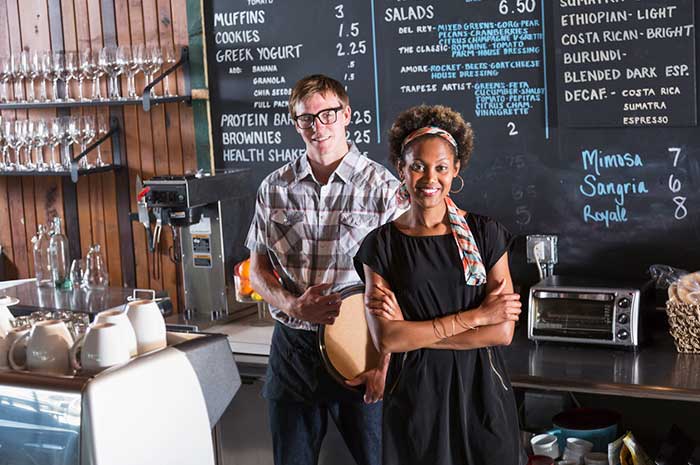
How Restaurant Chains are Becoming More Sustainable in the US
There’s no denying that, as a population, we’re learning to be more mindful of Mother Nature. From offering more ways to recycle, to adjusting the way things are made, to using less packaging materials, businesses and citizens alike are creating ways to ease the burden previously placed on the Earth.
These moves aren’t just beneficial to our resources, however, they’re easier on businesses’ pockets. Brands can save funds by implementing greener standards simply through initial fees, however, they can also earn tax breaks from the government. Customers are also more likely to frequent shops they know are doing good by the Earth. (This is especially true of kids.)
If their own conscious isn’t enough to get brands to make greener decisions, outside factors, including financial ones, might help do the trick.
These reasons, and more, are creating a widespread movement where more and more eateries are going green.
Green Steps in Food Franchising
Food establishments in all cuisines are making the move to green. While this is nothing new – in fact, it’s been a transition going on for years – it is one that’s seeing an impact among franchisees, whether by brand standards, or individual decision.
Methods include types of packaging: everything from ordered foods, to wrapping to-go meals with fewer materials. Cardboard boxes, paper bags, and plastics are often recycled and come with instructions how they can be further reused.
Next, franchises have eliminated waste with the way they divvy up condiments. Salt and pepper shakers are used in lieu of paper packets, ketchup pumps are once again the preferred method of choice. So-called “big container” servings eliminate small servings, and the trash that comes along with them.
Restaurants can also offer recycling right there in the store. They allow customers to sort their own goods then turn in glass, paper, and more to a local plant.
Sustainable Foods
Perhaps the biggest move is also the most unconventional – at least, in traditional franchising standards. Restaurants are moving toward local suppliers. By getting foods close to home, they can cut out travel time, fuel, and more. Besides, it’s a move that also brings meals that are more fresh. Each franchise is different in this aspect (based on policy, climate and location), so it’s a good idea to talk to your potential brand before signing on. However, just knowing that local foods are an option can help make your entire operation more sustainable.
Resources For the Win
Then there comes usable items like water and energy – these can hit franchises hard in the pocketbook, but careless practices can also have an ill effect on the environment. Today it’s become a growing trend to cut down on the very energy they use through multiple changes. First, by reminding employees to be mindful in shutting off lights, avoiding letting the water run, and so on.
Low-energy appliances have also become readily available on the market. Restaurants can outfit their entire kitchen with fryers, fridges, and more that use minimal amounts of electricity. This is welcome for the power bill, but also for Mother Nature as a whole. (Check with your accountant to see if your upcoming franchise is eligible for tax breaks when purchasing energy-efficient equipment.)
Additional options, such as programmable thermostats or lights on timers help cut down on additional power usage, too. Better still is that you won’t have to worry about whether or not employees forget to do X or Y. You can hook everything up to an app and follow up from the comfort of your home office … or wherever else you might be at the time.
If you’re considering opening up a franchise of any kind, it’s a good idea to look at power saving options, and how you can implement industry best practices in order to save.
It’s a simple move that will save your business money from day one. To learn more about franchising in the restaurant sector, get in touch with us today.
